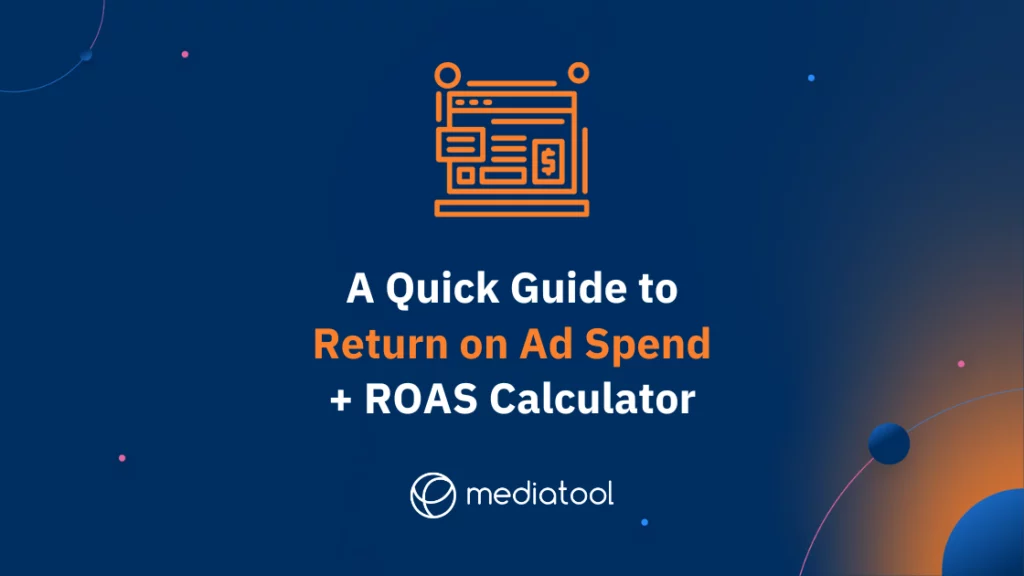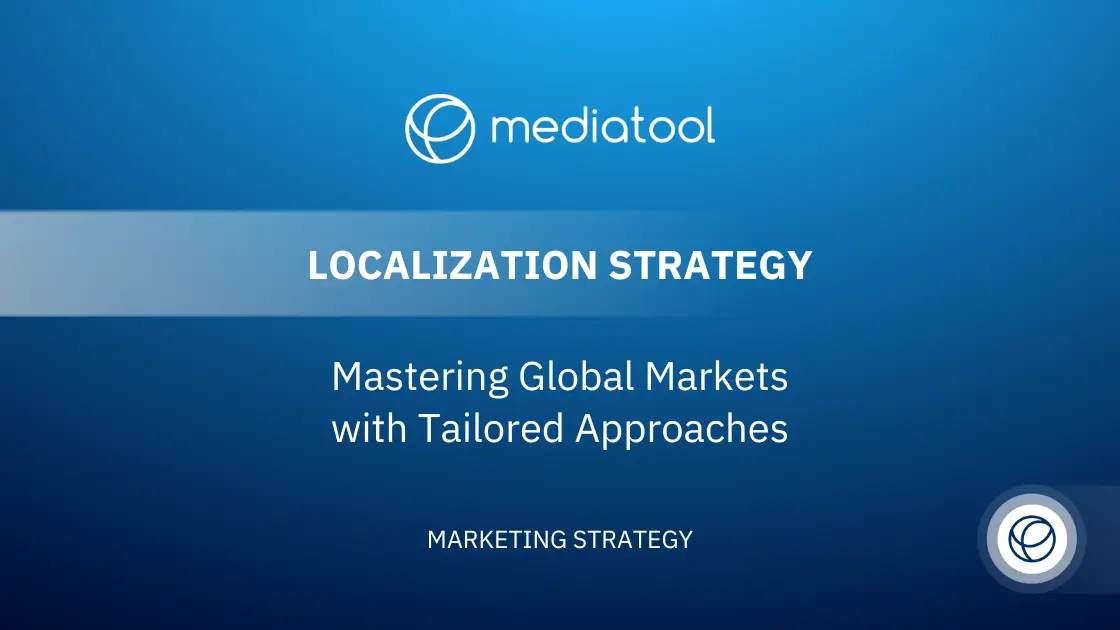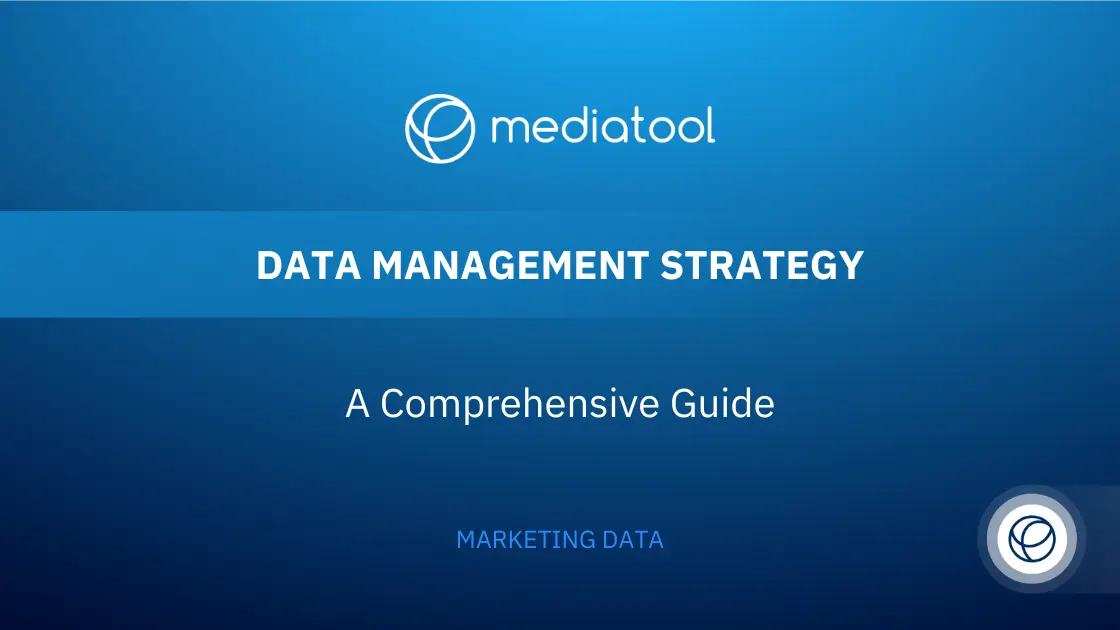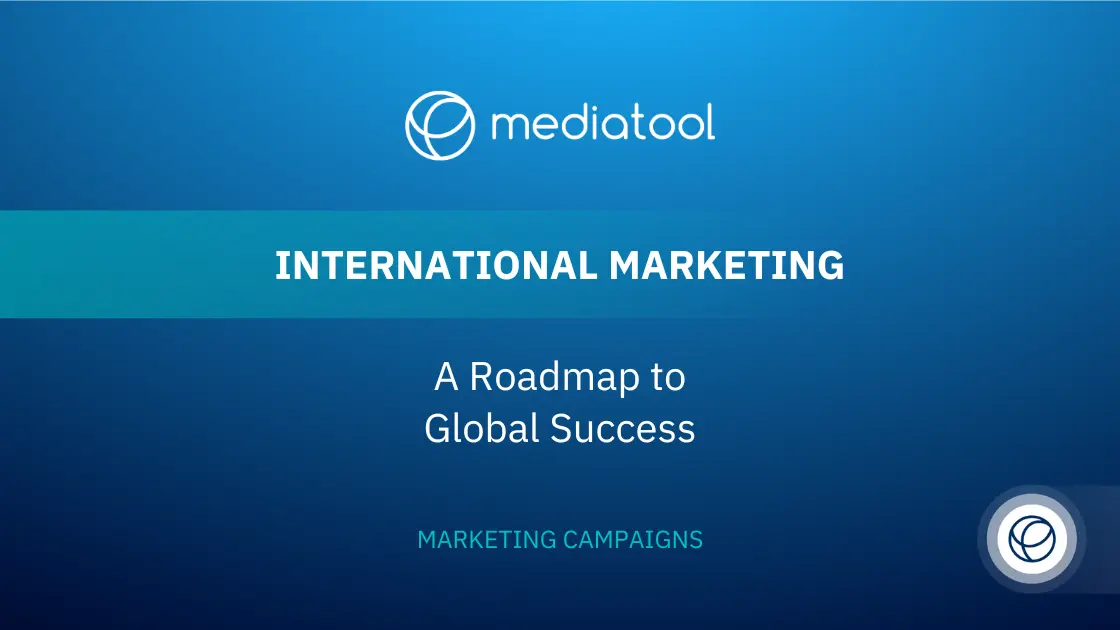In an era where ad budgets are tightening and competition for customers intensifies, marketers are under pressure to enhance performance while maintaining a streamlined and efficient budget. This necessitates a focused effort to improve Return on Ad Spend (ROAS), a crucial marketing metric.
Enhancing ROAS means getting more revenue from each dollar spent on advertising campaigns. Whether it’s tweaking the bidding strategy for a specific ad campaign, optimizing landing pages, or leveraging ad platforms more effectively, increasing ROAS is about maximizing the efficiency of every advertising dollar. In this competitive landscape, a good ROAS isn’t just a target; it’s an essential component of a successful marketing strategy, directly influencing profit margins and the overall success of advertising efforts.
Quick Jump >>> Check out our ROAS Calculator
What is ROAS?
ROAS, stands for Return On Ad Spend, a key marketing metric that evaluates the performance of advertising campaigns. To calculate ROAS, simply divide the total revenue generated by a specific ad campaign by the total advertising costs incurred. This formula yields the ROAS ratio.
For instance, if an ad campaign incurs $10,000 in ad spend but brings in $30,000 in revenue, the resulting ROAS ratio is 3:1. This indicates that for every dollar spent on advertising, three dollars in revenue are earned, highlighting the campaign’s effectiveness.
Determining what constitutes a good ROAS ratio can vary across different campaigns and industries. Factors like the target ROAS, campaign level, average order value, and specific ads all play a role in defining an acceptable ROAS. Increasing ROAS, especially for underperforming ads, involves strategies such as optimizing landing pages, refining the bidding strategy, and enhancing audience targeting.
Measuring overall ROAS not only provides insight into the profitability of an advertising campaign but also guides future advertising initiatives, budget allocation, and overall marketing strategy. It’s a powerful metric that helps businesses maximize their return on every dollar spent on advertising efforts.
Before we get into increasing ROAS, there are a few considerations to keep in mind:
Every Channel is Different
ROAS, or Return on Ad Spend, varies across different advertising channels. For instance, a good ROAS ratio on Facebook is often considered to be around 4:1, while Google Ads typically see a ROAS ratio closer to 2:1. These variances highlight the importance of understanding each ad platform’s unique dynamics and tailoring the marketing strategy accordingly.
It’s up to you to balance the marketing mix for optimal ad spending and long-term loyalty.
Every Business is Different, Too
The return on ad spend also differs from one business to another, influenced by numerous factors such as industry, growth goals, audience size, and specific ad campaigns. Calculating ROAS, therefore, requires a consideration of these variables. For example, an ecommerce business might have a different target ROAS compared to a service-based business due to variations in profit margins, average order value, and advertising costs.
The effectiveness of an advertising campaign can be gauged by tracking ROAS alongside other metrics like click-through rate and quality score. This helps in measuring the campaign’s success and determining the overall investment’s worth. Businesses must also consider factors like the cost of landing pages, additional costs for digital advertising, and specific ads’ performance to accurately calculate return on ad spend.
Mediatool can do the math for you with Conditional Calculations. More on that later.
ROAS is Not ROI
Return on ad spend can be viewed as a sub-metric of return on investment (ROI) if the marketing mix includes organic or above-the-line activity. ROAS complements other below-the-line metrics like cost per click (CPC) and average order value (AOV).
ROAS is Multi-Layered
ROAS ratios are based on last-touch attribution. Measuring returns at the channel and campaign levels helps a marketer understand the bigger picture and optimize the advertising budget to increase ROAS.
How to Increase Return On Ad Spend
Improve Ad Relevance
This tactic can help with:
-
Low click-through rate (CTR)
-
High bounce rates
-
Low landing page conversions
Knowing your audience is the key to creating engaging ads.
If your marketing metrics indicate that your audience is seeing your ad but not engaging, it could be a sign that the message is missing the mark. Here’s how you can use data to improve ad relevance and increase ROAS:
1. A/B Test
Experiment with variables and monitor engagement data to see which tactics, themes or content types work.
2. Align Messaging
Make sure your ad and landing page are telling the same story.
3. Review Audience Segmentation
Is your ad genuinely tailored to the segment, or can you do more to improve relevance?
4. Reduce Advertising Spend
This tactic can help with:
-
CTRs that plateau
-
Low-quality leads
Throwing more money at an ad campaign is not the smartest way to bring in more business. One reason for low return on ad spend could be that your budget is not optimized. You may be able to reduce outgoings while maintaining performance by targeting and experimentation.
5. Target the Right Keywords
Trying to rank for short, highly competitive keywords is expensive. Instead, look for relevant long-tail keywords in your niche that cost less and target buyers further down the funnel.
6. Mix up Your Bidding Strategy
Adjusting your maximum bid, implementing a manual bid strategy, or scheduling ads to run at specific times can reduce ad spend without impacting conversions. The key is to monitor results closely to find the optimal strategy.
7. Improve Ad Targeting
Narrowing the focus to specific audience segments (see above) and using retargeting to convert interested customers can lower ad budgets and improve returns.
Track and measure results more closely
This tactic can help with:
-
Thinly spread ad budgets
-
Low conversion rates
-
Low ROAS at the campaign level
Comparing ROAS ratios at the channel and campaign level can shine a light on your audience’s behavior patterns. Becoming savvy with data will help you make better decisions and rebalance the marketing mix to increase ROAS.
8. Use Your Martech Stack More Efficiently
Only 58% of marketers use their tools to their full potential. Consider the latent potential in existing martech tools, or revisit the stack to find a tool better suited to your workflow.
9. Build a Robust Marketing Dashboard
With so much data from so many channels, cross-analysing ROAS can quickly become overwhelming. Mediatool’s Conditional Calculations feature simplifies the math. It saves time by integrating data from all your paid channels and making ROAS calculations based on conditions you set.
10. Consider the User Journey
Another advantage of a holistic campaign management platform like Mediatool is analyzing the marketing funnel in its entirety instead of trying to second guess from isolated events.
Assessing performance KPIs at every stage of the user journey helps target the points where engagement falls off. As a result, increasing ROAS becomes a matter of targeted improvements rather than a game of whack-a-mole.
Use our Quick and Easy ROAS Calculator
Find your ROAS instantly with our Return on Ad Spend Calculator.
Enter your Ad Revenue and Ad Spend and click ‘Calculate ROAS’.
What is ROAS? – ROAS Meaning
ROAS (Return on Advertising Spend) is the amount of revenue a business generates for every dollar spent on advertising.
Simply put, it is the amount of money you get back from the amount of money you put into advertising.
How to Calculate ROAS – ROAS Calculator
The ROAS formula is simple (but if you want to make it even easier, use our ROAS Calculator above):
Ad spend formula:
ROAS = (Revenue from advertising / Cost of advertising)
Normally, ROAS measures as a percentage, dollar value, or ratio.
As a percentage: ROAS x 100 = ROAS%
What is a Good ROAS? – Target ROAS
A good ROAS depends on your primary objectives.
-
If your ROAS is less than 100%, your advertising is at a loss.
-
To calculate break-even ROAS, your ROAS would be 100%.
-
400% ROAS calculation is in a good spot
-
800%+ ROAS calculation is great and should cover all associated operational costs.
ROAS vs ROI
ROI and ROAS are metrics used to assess the effectiveness of a marketing campaign or investment. Return on Ad Spend calculates the money made for every dollar spent on advertising, while the profitability of an investment is measured by ROI (Return on Investment).
ROAS is concerned with advertising performance, whereas ROI is a more general measure of profitability. When assessing the success of a campaign or investment, it’s important to evaluate both metrics.
For example:
ROAS: A company spends $700 on advertising and generates $7000 in revenue from that advertising. The ROAS would be 10, calculated as $7000 in revenue / $700 in ad spend. Use our ROAS Calculator above to test it out.
ROI: An investor puts $1000 into a stock and sells it for $1500, earning a profit of $500. The ROI would be 50%, calculated as $500 profit / $1000 investment.
Many Happy Returns with Mediatool
Mediatool is the all-in-one campaign management platform brands and agencies use to track, measure and optimize marketing campaigns.
With Mediatool, all your marketing metrics flow into one user-friendly dashboard, plus you have the power of flexible reporting and automations that calculate ROAS ratios.
All this marketing intelligence puts you in the driver’s seat and frees up time to focus on strategic improvements.




